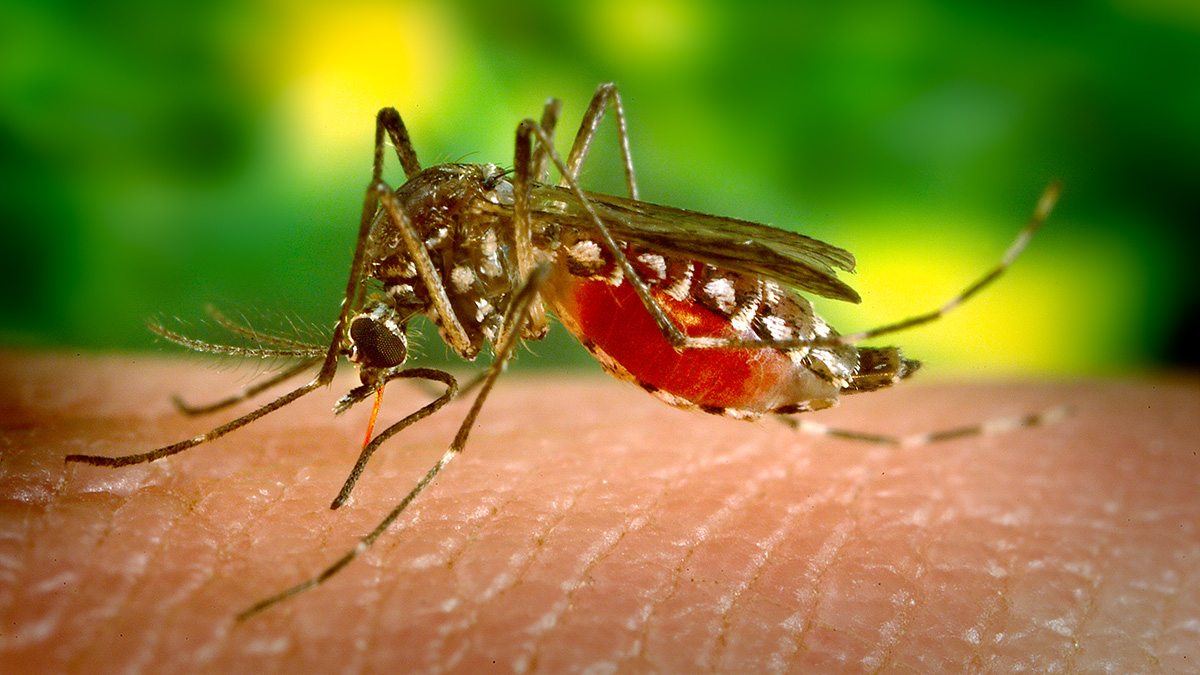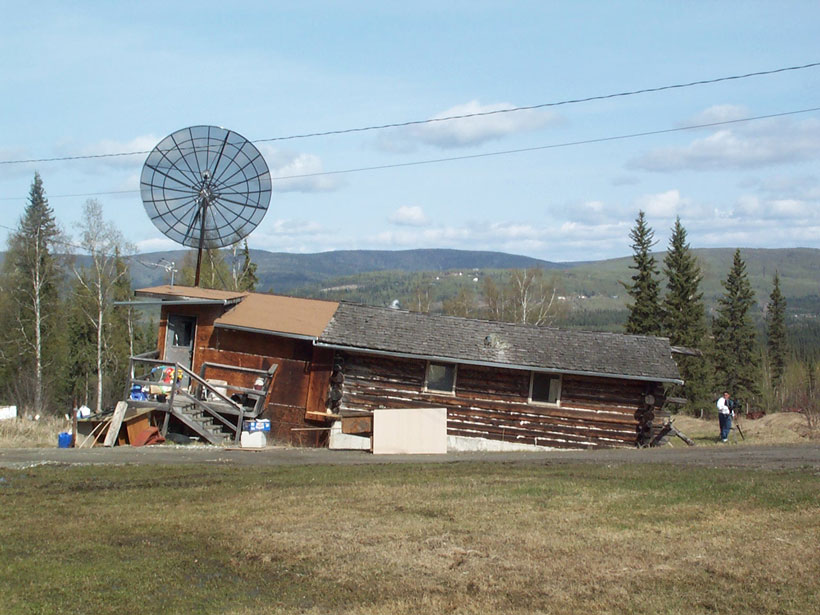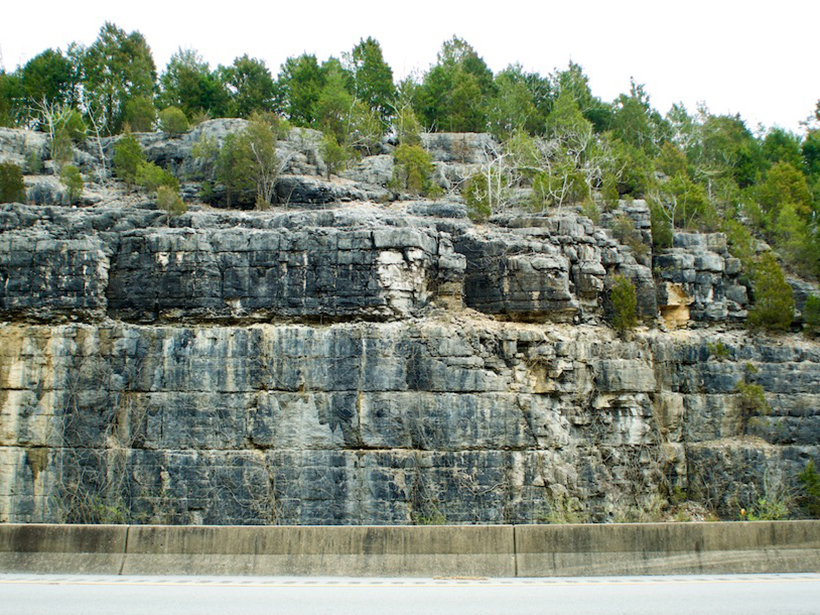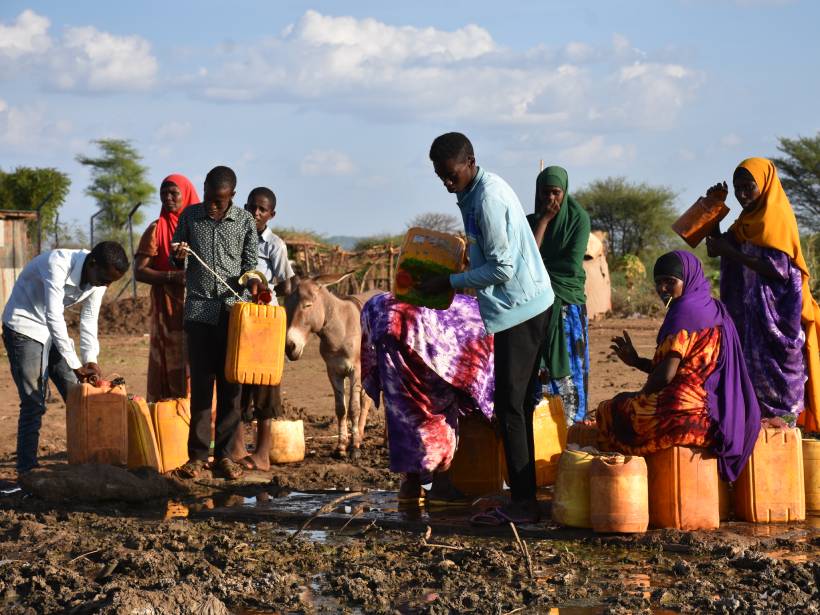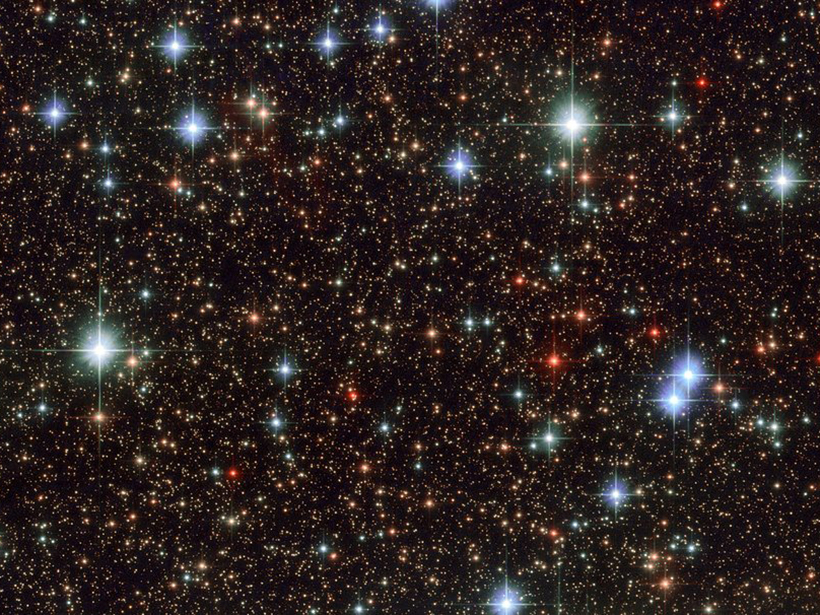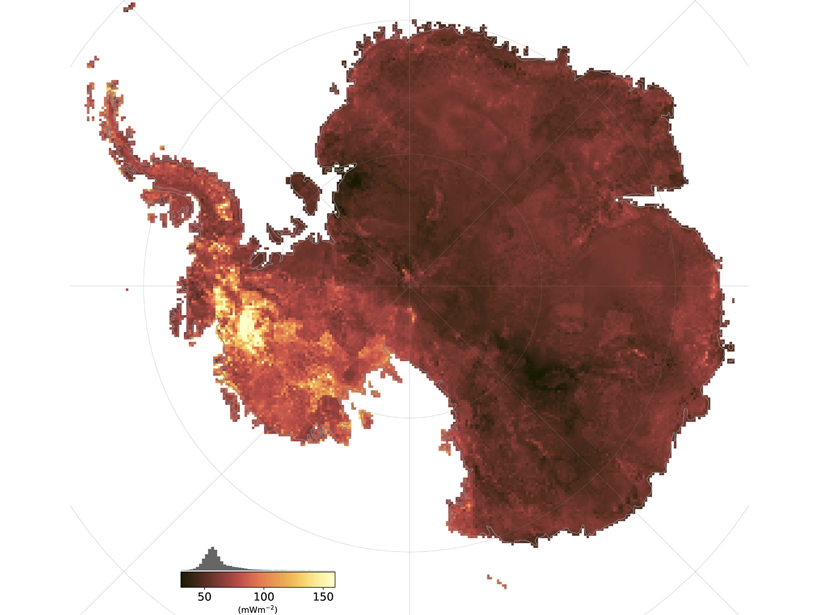A new online program can quickly map the outlines of past floods, allowing data-scarce countries to prepare for future disasters.
mapping
App Tracks Harmful Mosquitos with Help from Crowdsourced Science
While collecting data using an app, volunteers have the chance to support research and fight mosquito populations on the ground.
Joy Santiago: Charting Safety Through Mapmaking
An environmental planner proudly “helping the Filipino people.”
Cosmological Tool Helps Archaeologists Map Earthly Tombs
A new study employs a method originally developed to help map stars and galaxies to describe how ancient tombs are clustered. The research helps archaeologists studying remote or inaccessible sites.
Detailed Geologic Mapping Helps Identify Health Hazards
A team of geologists and nursing researchers created an interactive radon hazard map for Kentucky residents—and it was possible only because of the high-resolution bedrock mapping in the state.
Mapping the People, Places, and Problems of Permafrost Thaw
By combining demography data with permafrost maps, researchers provide a first count of the population on permafrost and predict its imminent decline.
Ciertas formaciones rocosas pueden provocar riesgos de radón en los hogares
Investigadores de Kentucky han combinado resultados de kits de pruebas domésticas con el mapa geológico del estado para elaborar un mapa del potencial de radón en interiores basado en la geología subyacente a las viviendas del estado.
Scientists Map Africa’s Groundwater Recharge for the First Time
The continent-wide survey provides an assessment of the resilience of groundwater resources.
1.3 Million Pairs of Stars Surround the Sun
Roughly half of Sun-like stars have a stellar sibling, and a surprising fraction of those siblings are identical twins.
Taking the Temperature of Antarctica’s Crust
How do you measure the geothermal heat flux in a continent covered by an ice-sheet? A new study uses correlations of diverse global observables and produces a heat flow map of the entire Antarctica.


